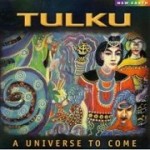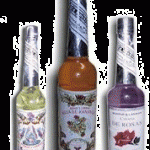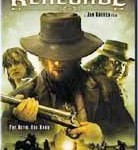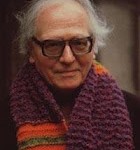Explore Articles Filed Under: Ayahuasca

Tulku is a group with constantly shifting membership gathered around multitalented musician and producer Jim Wilson. Wilson has worked with many of the most important figures in contemporary Native American music — Robbie Robertson, the Little Wolf Band, Joanne Shenandoah, Primeaux and Mike. Wilson’s work has centered on intriguing cross-cultural musical collaborations — with Russian psychiatrist Olga Kharitidi on Siberian shamanism, with Consuelo Luz on ancient Sephardic prayers and traditional love songs in Ladino, with James Twyman on peace prayers from world religious traditions. He has worked musically with spoken word material from Timothy Leary, Alan Ginsberg, and Timothy Wyllie.

The plant spirits in the Amazon love strong, sharp, sweet smells. Thus, one way to acquire protection against malevolent persons and their pathogenic projectiles is to acquire such a sweet smell oneself, as opposed to the ordinary human smell, including the smell of human sex, which the spirits dislike. Shamans achieve this state, and provide it for their patients, by putting substances with sharp sweet smells either on or inside the body.

The movie Blueberry is an adaptation of a Western comic book series written by Jean-Michel Charlier and illustrated by Jean Giraud, also known as Moebius, a science-fiction artist of considerable distinction. The movie is loosely based on two issues of these comic books — so loosely, in fact, that the film was disowned by the family of the deceased Charlier. What’s a Shipibo shaman doing in the Old West?

Olivier Messiaen (1908-1992) was a major figure in twentieth-century music. He is often regarded as the most important French composer since Debussy, and he was certainly one of the most influential composers of the century in any country. His music redefined the avant-garde, yet is often tonal, accessible, and strikingly beautiful. Throughout his life he was a devoted Catholic, and many of his works have strongly Catholic themes — for example, Messe de la Pentecote, La Transfiguration de Notre Seigneur Jésus-Christ, St. Francis d’Assise. What does he have to do with ayahuasca?
The term monte occurs frequently in Amazonian mestizo shamanism. It generally refers both to mountains and woodlands; in the Amazon, it is, technically, the term used to differentiate the highland jungle from the várzea, the annually flooded lowland forest. But to the mestizos, the term means — as one regional dictionary puts it — despoblado, unpopulated, deserted, and thus dangerous, solitary, and frightening.
Animal testing has been widely used as a tool for hallucinogen study. Of course, it is impossible to tell when — or if — an animal is hallucinating. But it is possible to train an animal, using standard operant conditioning techniques, to recognize the effects of a given agent. In other words, a rat can be trained to press one lever to get food when under the influence of a particular hallucinogen, and a different lever to get food when it is not.
We have talked earlier about healing by sucking out the sickness — the phlegmosity, the pathogenic object, the dart that was projected into the patient by a sorcerer. But how does the shaman know where to suck?
The potent hallucinogen DMT, when taken orally, is inactivated by peripheral monoamine oxidase-A, an enzyme found in the lining of the stomach, whose function is precisely to oxidize molecules containing an NH2 amine group, like DMT. There are thus two ways to ingest DMT, or plants containing DMT, and experience psychoactive effects — by parenteral ingestion through nasal inhalation, smoking, injection, or rectal insertion; or by mixing the DMT with an MAO inhibitor that prevents the breakdown of DMT in the digestive tract. Let’s look at these one at a time.
One of the primary motivations for research into hallucinogens has been the hope that it might shed light on the cause and nature of schizophrenia. Such research is largely premised on the belief that hallucinogens generally are psychotomimetic — that is, capable of producing a model psychosis, which allows researchers to study the mechanisms of psychosis in non-psychotic subjects. This assumption is worth challenging.
I once asked don Rómulo Magin about his awareness of the spirits when not drinking ayahuasca. Don Rómulo said that he is constantly aware of being surrounded by the spirits, but he sees them roughly, vaguely; drinking ayahuasca, he said, is “like putting on glasses.” Doña María Tuesta agrees; ayahuasca makes the spirits bien claro, really clear.

Discussing the article:
Hallucinogens in Africa